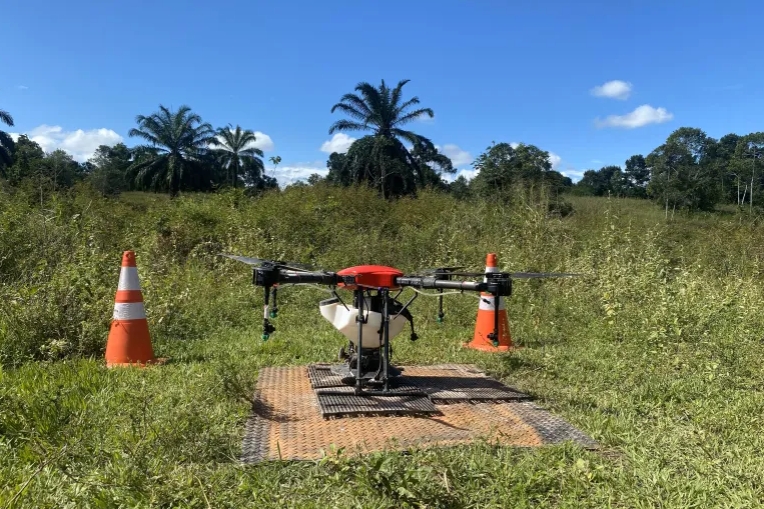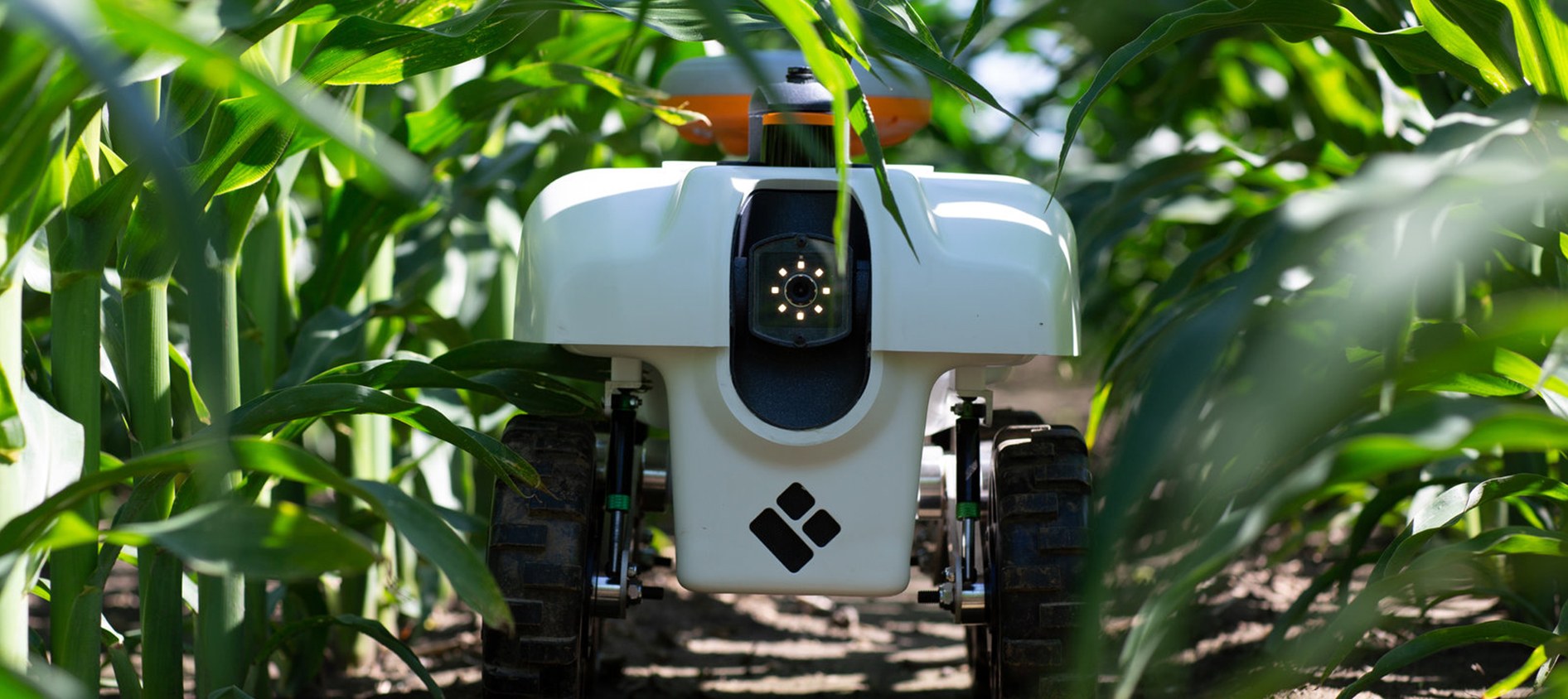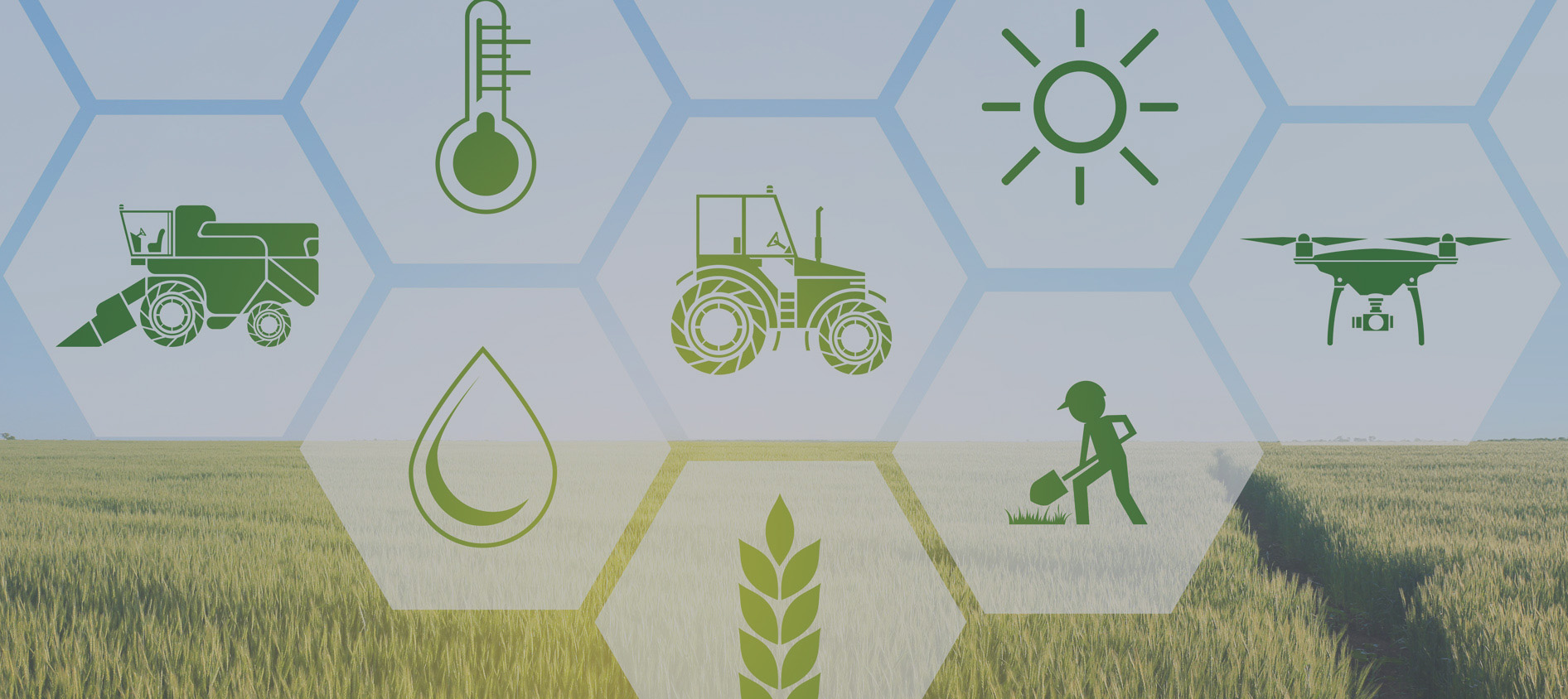Are seed-sowing drones the answer to global deforestation?
Drones are being used to replant degraded areas of forest in Brazil – how successful have they been so far?
Santa Cruz Cabralia, Bahia, Brazil – With a loud whir, the drone takes flight. Minutes later, the humming sound gives way to a distinctive rattling as the machine, hovering about 20 metres above the ground, begins unloading its precious cargo and a cocktail of seeds rains down onto the land below.
Given time, these seeds will grow into trees and, eventually, it is hoped, a thriving forest will stand where there was once just sparse vegetation.
That is what the startup which operates this drone, a large contraption that looks a bit like a Pokemon ball with antennae, hopes.
The 54 hectares (133 acres) here which have been badly degraded by agriculture and cattle farming in the Brazilian state of Bahia are just the start. Franco-Brazilian company Morfo has set itself the target of restoring one million hectares of degraded land in Brazil by 2030, using seed-sowing drones and a rigorously researched preparation and monitoring process.
How big a problem is deforestation?
Deforestation is a rapidly growing problem in many countries. In Brazil, for example, deforestation in the Amazon destroyed an area bigger than Spain between 2000 and 2018, a study by the Amazon Geo-Referenced Socio-Environmental Information Network (RAISG) showed in 2020. Although preliminary data from the government’s space research institute (INPE) shows Amazon deforestation fell by 50 percent last year, forest loss continues to rise in other biomes, like the Cerrado.
In Afghanistan, years of war and fighting have had a devastating effect on forests. Many have been completely destroyed. According to the research group World Rainforests, more than one-third of Afghanistan’s forests were destroyed between 1990 and 2005. By 2013, this had risen to half because of the additional problem of illegal logging.
And, in Colombia, internal violence and displacement have pushed armed groups, farmers and cattle farmers into the forests, causing more deforestation. In 2016 alone, after a peace deal was rejected by some armed groups, deforestation rose by 44 percent. President Gustavo Petro has since overseen a decrease in forest loss, by as much as 49 percent in 2023 according to Global Forest Watch, but deforestation has increased in other Amazon countries like Bolivia.
Wildfires in many parts of the world, notably Australia, California and around the Mediterranean in recent years, have also contributed to deforestation. Most recently, thousands of people have been evacuated in the past week because of wildfires in British Columbia and Alberta in Canada.
Why is forest restoration important?
“Climate change is happening, temperatures are rising, it’s already too late. So we need to be planting [trees] now,” says Adrien Pages, Morfo’s co-founder and CEO.









